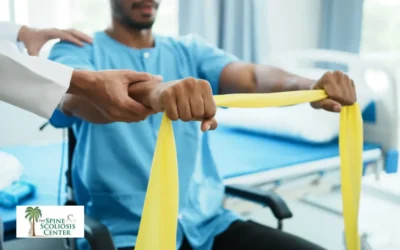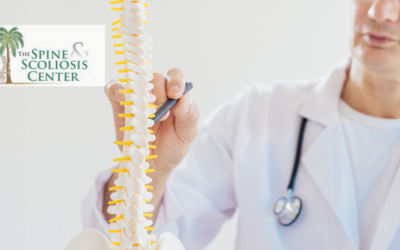Musculoskeletal pain is pain that impacts the musculoskeletal system, comprising the bones, ligaments, joints, tendons, and muscles. Musculoskeletal pain can be chronic (long-lasting) or acute (sudden and severe), and be localized in one area or impact the entire body.
Types Of Musculoskeletal Pain
Below are some of the most common kinds of musculoskeletal pain:
- Joint pain: Inflammation and stiffness commonly come with joint pain. Activity may worsen joint pain while rest improves it with many people who have musculoskeletal pain.
- Bone pain: Musculoskeletal injuries like bone fractures can result in bone pain. While rare, the development of a tumor in certain areas can also cause bone pain.
- Tendon and ligament pain: Tendons and ligaments are strong bands of tissue connecting your bones and joints. Tendon and ligament pain may result from sprains, overuse injuries, and strains.
- Muscle pain: Muscle cramps, spasms, and injuries may all cause muscle pain. Certain types of tumors or infections may also result in muscle pain.
Symptoms Of Musculoskeletal Pain
The symptoms of musculoskeletal pain vary depending on each individual situation and cause. Some common symptoms are:
- Burning sensation in the muscles
- Fatigue
- Aching and stiffness
- Muscle twitches
- Sleep disturbances
- Pain that increases with activity
Causes Of Musculoskeletal Pain
There are many potential causes of musculoskeletal pain, some of which include:
- Joint dislocation (when a joint is forced out of the proper position)
- Bone fractures
- Overuse injuries
- Direct blows to bones, muscles, or joints
- Sprains
- Poor posture
Diagnosing Musculoskeletal Pain
When diagnosing musculoskeletal pain, your healthcare provider will begin by getting a thorough medical history to determine the factors that worsen and relieve the pain, whether your pain is chronic or acute, and if you have any other symptoms, like a fever or rash. They may then order other tests to pinpoint the underlying cause of the pain, such as:
- Computed tomography (CT) scans
- X-rays
- Magnetic resonance imaging (MRI)
- Blood tests
Treating Musculoskeletal Pain
The treatment plan your doctor prescribes you depends on the underlying source of your musculoskeletal pain. Some treatments include:
- Chiropractic adjustment
- Acupuncture
- Pain relievers
- Occupational therapy
- Splints
- Physical therapy
- Therapeutic massage
- Steroid injections
At-Home Care
Some ways your healthcare provider may guide you to manage musculoskeletal pain at home on your own include over-the-counter pain relievers, hot/cold therapy, stretching, strength and conditioning exercises, and reducing stress. They may also prescribe medications such as NSAIDs (nonsteroidal anti-inflammatory drugs), acetaminophen, or prescription medications.
Preventing Musculoskeletal Pain
Maintaining strong bones and joints is essential when it comes to preventing musculoskeletal pain. Some other methods to avoid musculoskeletal pain include:
- Maintaining good posture
- Limiting repetitive movements
- Stretching regularly
- Practicing proper lifting techniques
Some risk factors that can make it more likely for you to suffer from musculoskeletal pain include:
- Fibromyalgia
- Arthritis
- “Tunnel” syndromes due to overuse
Contact Us Today
Musculoskeletal pain is a common source of discomfort and can make it difficult to go about your daily tasks. Whether your musculoskeletal pain is caused by a sudden injury like a fractured bone or symptomatic of an underlying condition, the right treatment along with certain lifestyle choices may help relieve your symptoms and ease your pain. Call The Spine & Scoliosis Center to schedule an appointment today.




0 Comments